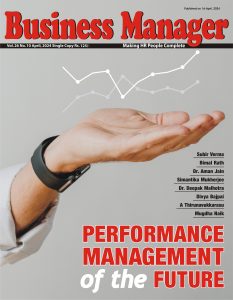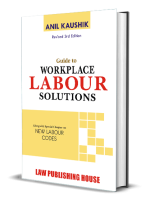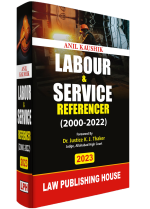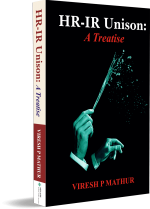With an amalgamation of Generation X, Millennials, Gen Z and the new Alpha, today’s multi-generational workforce comes with varied work habits, expectations, and communication styles. But the demographic trend can’t be altered, and a multi-generational workforce is inevitable, so if the employers adopt and focus on building resilience within organizations and bring on board the full potential of their talent pool irrespective of age, they can reap the maximum benefit of this mix bolstering their business goals. All it takes to create a well-functioning multi-generational workforce is the exemplary employer practices and tools that can make organizations more agile, inclusive and productive.
When it comes to a multi-generational workforce, there is little to no doubt that the phenomenon brings immense benefits to organizations, especially during the pandemic. It is the result of diverse outlooks, perspectives, resilience, organic learning and development, enhanced collaboration and higher productivity that, according to The Economic Forum survey, the multi-generational workforce investment will raise GDP by almost 20% in 3 decades.
Beyond the culmination of social, physical, medical & cultural factors, demographic shifts, digitalization, and globalization are also changing the nature and geographic distribution of work, leading to individuals making more frequent career changes and evolving the skills needed by employers. So, to walk in accordance with the trends, changes and needs of employees, the solution of a multi-generational workforce sits perfectly as it not only helps in boosting the organization’s bottom line, based on their greater engagement and performance but also builds a strong, resilient, prepared and engaged organization.
Also read: Charu Siddiqui Joins National Peroxide Limited as Head of Human Resources
The Employer Benefits
As per a unique dataset, a firm with a 10% higher share of workers aged 50 and over than the average is 1.1% more productive and is successfully fuelling a multi-trillion-dollar longevity economy. However, with the spill over of knowledge, diversity of ideas and knowledge and skill sets between younger and older employees, a multi-generational workforce is yielding a more robust pipeline of talent, increasing resilience and improving workforce continuity, stability and the retention of know-how.
By embracing and harnessing the multi-generational workforce, employers worldwide can fight the perpetually changing business environment and combat the looming recession.
Offers a solid pipeline of talent
A solid pipeline of multi-generational talent improves workforce continuity, stability and retention of intellectual capital. It also helps employers bring a competitive advantage in the marketplace. According to eight out of ten employers, hiring and retaining top talent remains the single-largest challenge for employers. One of the best ways to form a multi-generational workforce is outsourcing the responsibility to recruitment firms with a much broader and richer database. Recruiting firms help assemble employees from all generations, expand the talent pool and position them better for an organization’s growth and continued success.
Exchange of knowledge, leading to an increase in innovation and creativity
According to a survey, seven out of 10 adults enjoy working with people from other generations. The exchange of tech know-how from younger colleagues to older and words of wisdom and experience from older to younger creates an equilibrium in the workforce, creating an energetic environment that leverages all workers’ strengths and optimizes output. An all-generational workforce is creating a workplace that places a premium on learning and adapting, helping companies differentiate themselves from the competition.
Supports Leadership Succession Plan
A leadership succession plan identifies and develops new leaders who can replace previous leaders when they retire, pass away or leave an organization. It’s a blueprint for the organization’s future, where experienced and capable employees are prepared to take over leadership roles. The multi-generational workforce contributes to this plan and helps employers leverage diversity and the high-performance potential succession pool of candidates to build a strong, robust, de-risked Succession Plan.
Conclusion
By embracing and harnessing the multi-generational workforce, employers worldwide can fight the perpetually changing business environment and combat the looming recession. So, it is crucial for leaders and employers also to fine-tune their policies and democratize skills, technology and employee engagement throughout the cycle. The multi-generational workforce is not only the future but also a cornerstone of diverse skills that have a shared mission and work together to achieve goals, boosting performance and engagement for the company.
Stay connected with us on social media platform for instant update click here to join our LinkedIn, Twitter & Facebook

























Add comment